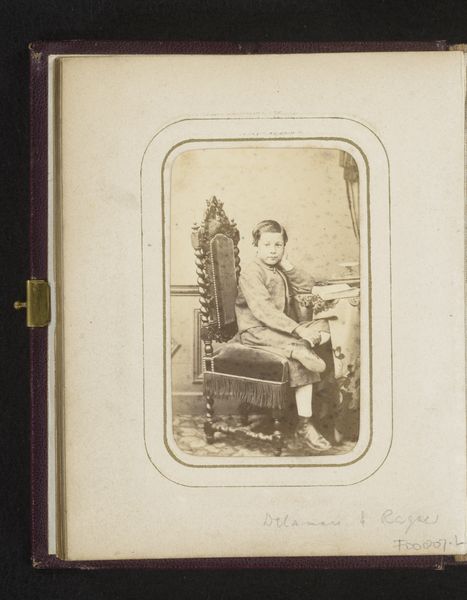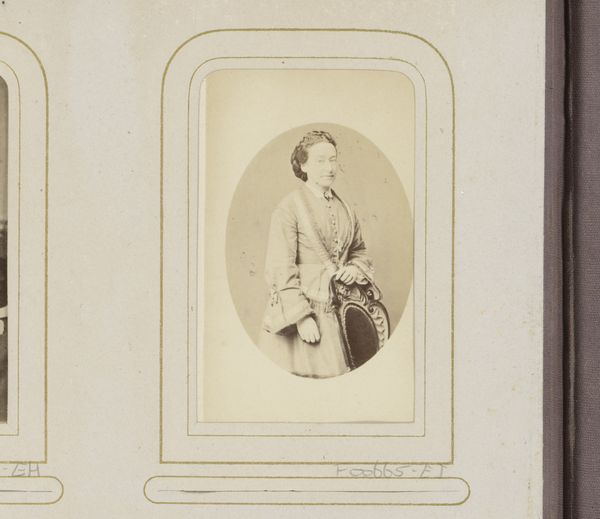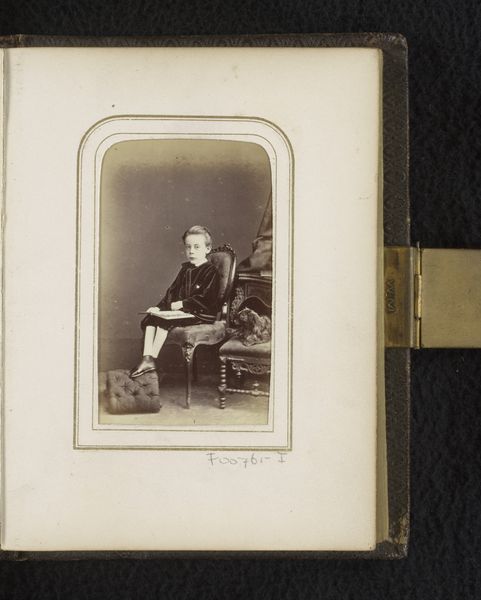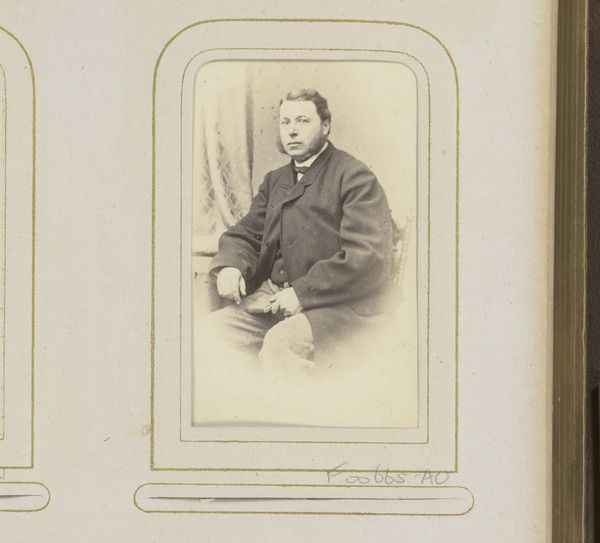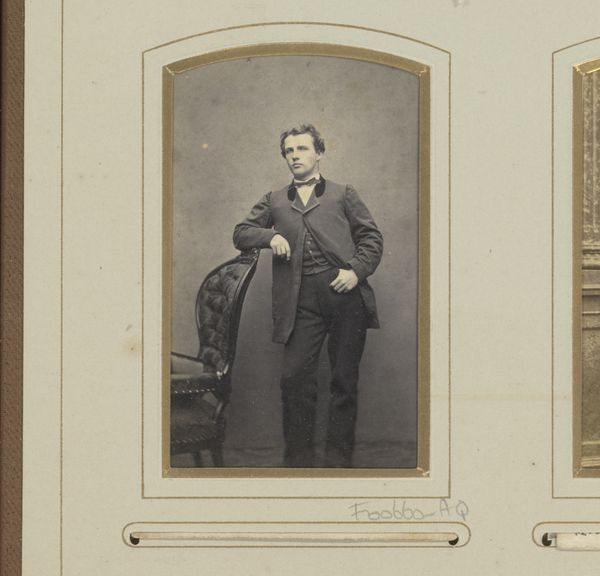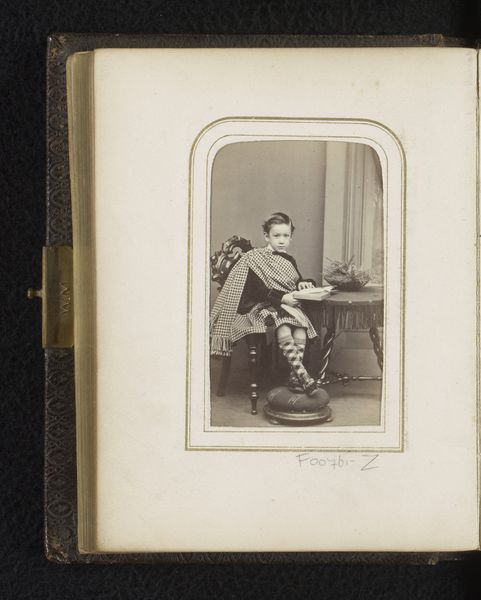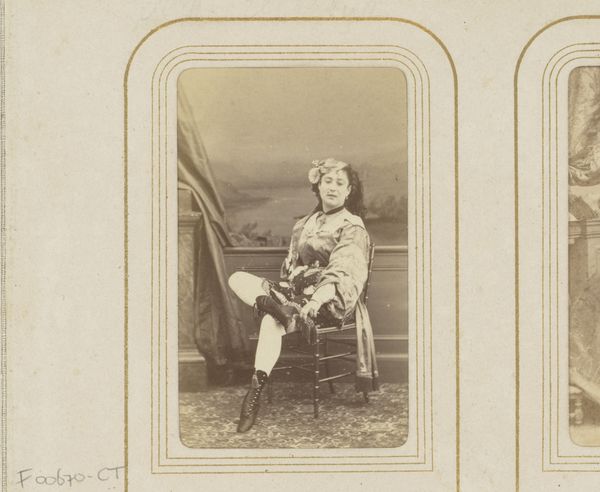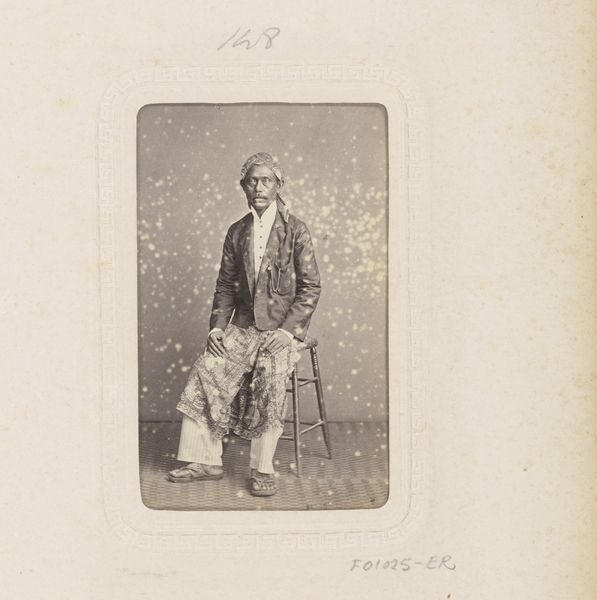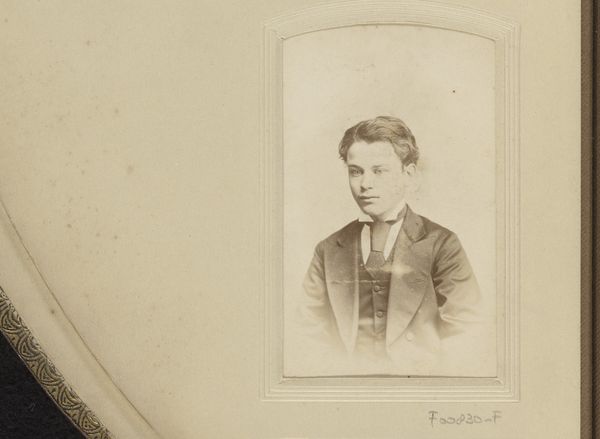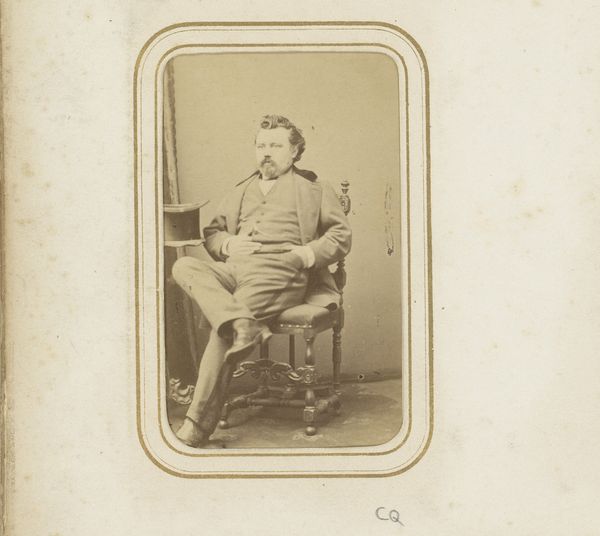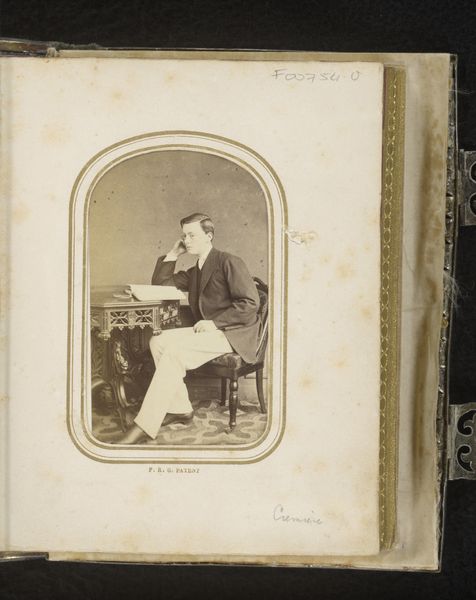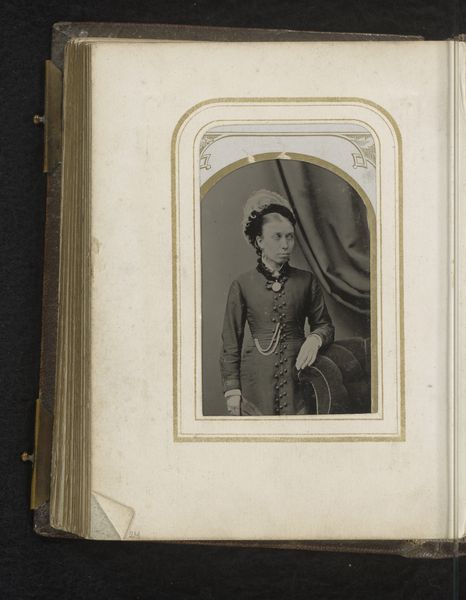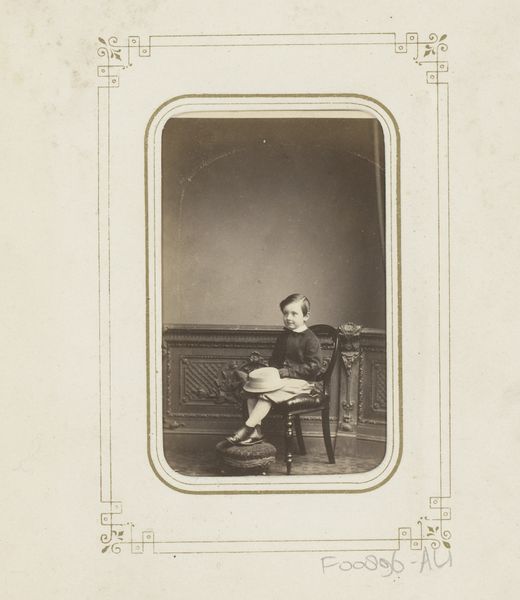
daguerreotype, photography
#
portrait
#
daguerreotype
#
photography
#
genre-painting
#
realism
Dimensions: height 84 mm, width 51 mm
Copyright: Rijks Museum: Open Domain
Curator: Looking at this sepia-toned daguerreotype, entitled "Portret van David Williams," made sometime between 1870 and 1900, I’m struck by the somber, introspective mood. The muted colors and careful pose seem to whisper stories of another era. Editor: My initial impression is dominated by the subtle play of light and shadow defining the sitter's features, enhancing the melancholic cast to his expression, typical for early portrait photography. Curator: Indeed, and what's fascinating to me is the material reality of this photographic process—the daguerreotype. It was quite cutting edge for portraiture, a physical artifact produced through complex chemical processes, rendering each image unique. These were items meant to be shared amongst those in their intimate circles, thus documenting status and solidifying a sense of belonging. Editor: I agree about the materiality. Focus on his sartorial choices too. He’s attired in a dark jacket and vest, which suggests his standing, especially when set against the ornamented back of that Victorian chair. Curator: Yes, and the very act of commissioning a daguerreotype speaks volumes about aspirations of middle class Victorian society during the turn of the century, particularly those hoping to solidify a cultural or social footprint. Editor: Absolutely. From a formal point of view, note how the composition draws your eye—from his slightly tilted head resting on his hand to the gentle curve of his posture mimicking that of the ornate chair. Even the frame adds to the formal balance. Curator: Beyond aesthetics, it underscores how photographic practices mirrored and perhaps influenced notions of decorum, beauty and identity at a critical point. It reflects a fascinating social choreography, a moment captured in the material realm, both fleeting and eternal. Editor: It makes us contemplate the artistry of light and the physical imprints of history. And I am now more convinced than ever, just how effectively portraits like these conveyed far more than the physical form; they captured intangible aspects of what once existed.
Comments
No comments
Be the first to comment and join the conversation on the ultimate creative platform.
